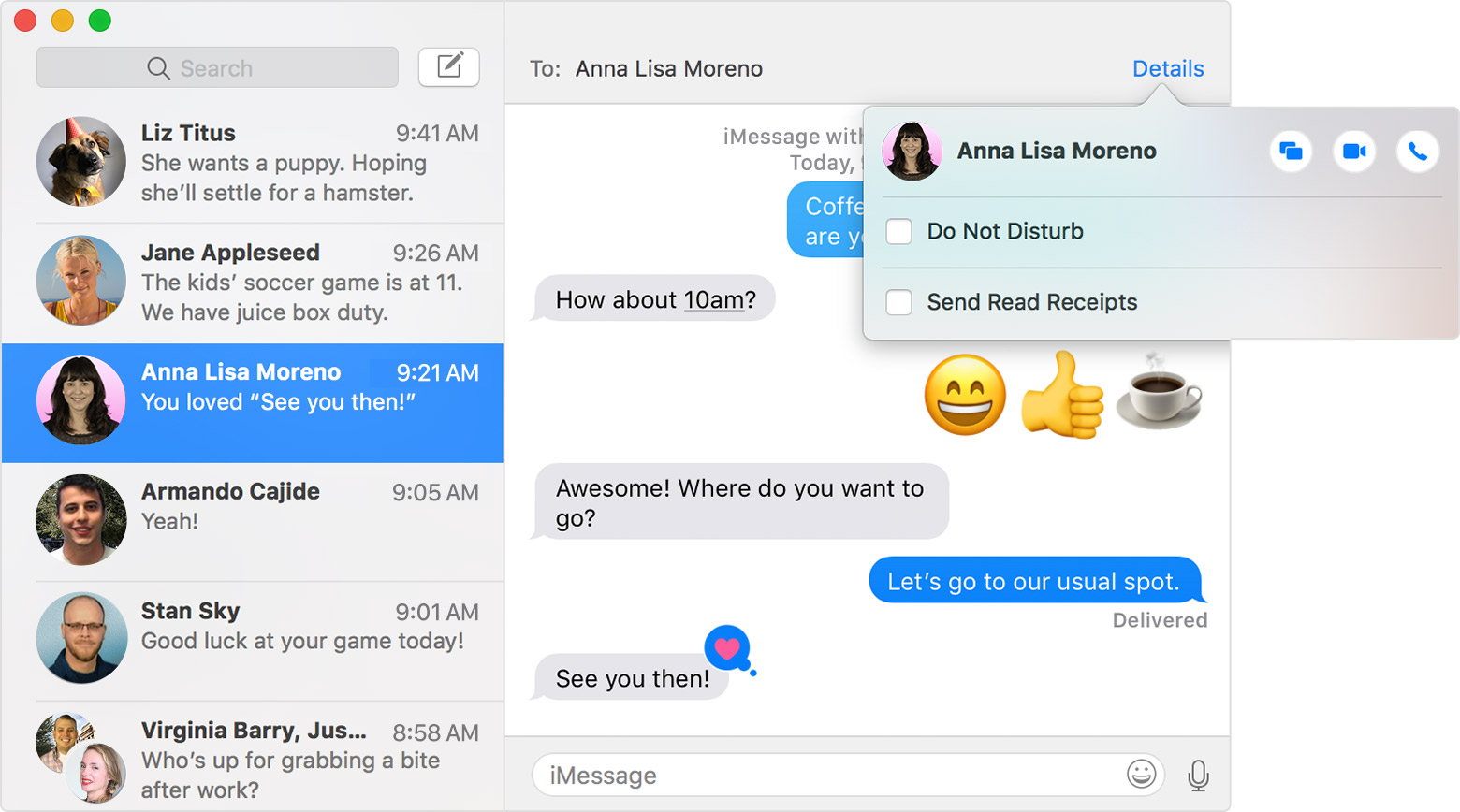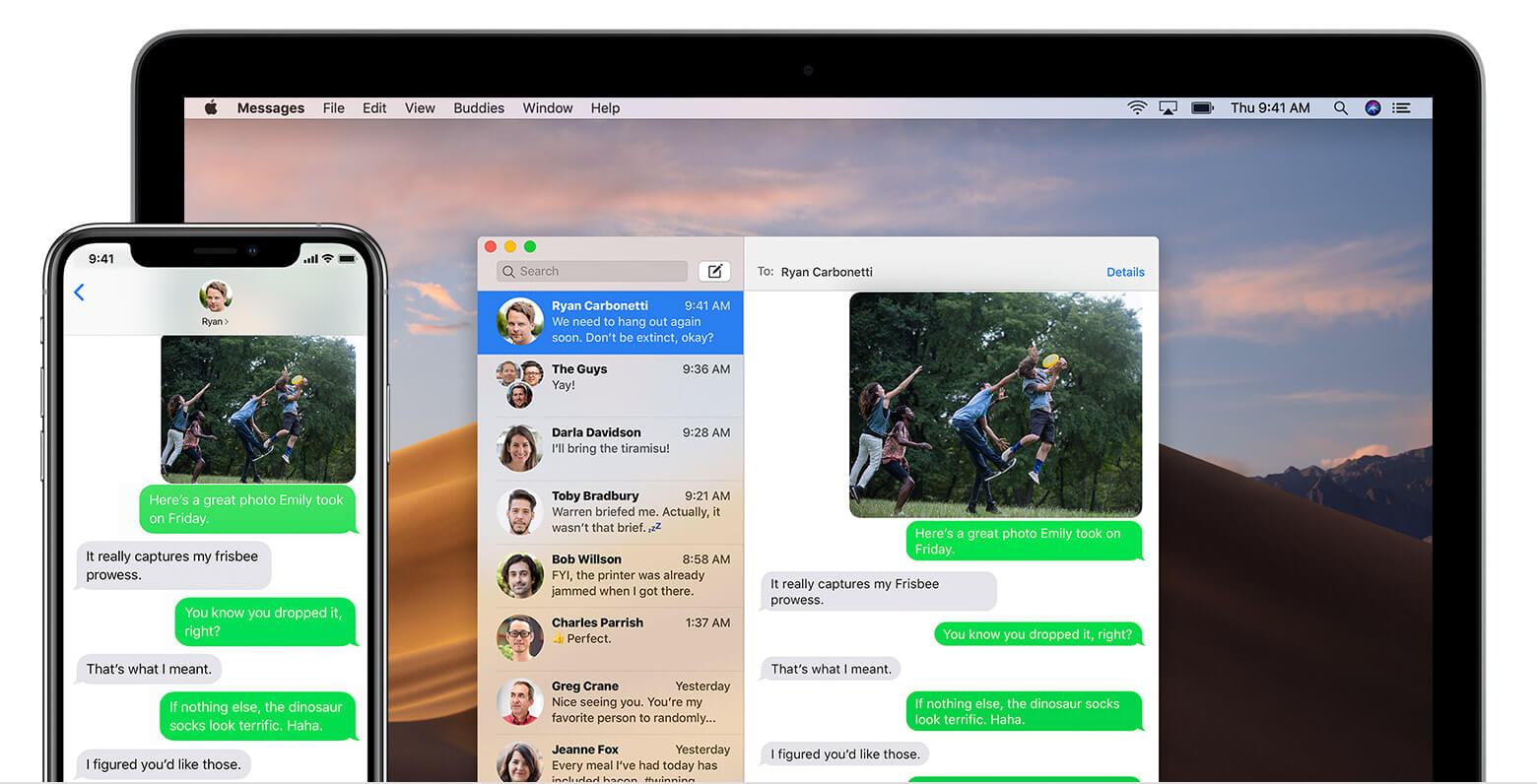


Look for the folder called Messages and open it.Look for the Go option at the top and type in ~Library.This will allow us to go to the location where our iMessages are stored on our mac.

In the navbar, find “Go” and then from the contextual menu find “Go to Folder…” and select that option. This will allow us to find our iMessage archive, and we can try to restore iMessages this way. If you want to know the actual path for where your messages are stored, you can get to it by following the steps below. They’re locally stored and don’t require an internet connection, so if you need to reference an iMessage conversation you can do so without the internet. IMessages are stored inside the Messages app that comes installed as part of macOS. Keep in mind that this is turned off by default, and if you want to read more about it you can do so by going here. If you’ve got this set up, then:ġ) On your iPhone, go to “Settings > Messages.If you have enabled Messages in the Cloud, then, when you delete a message on your Mac, it will delete on your other devices as well. To receive and send SMS and MMS messages on your Mac, your iPhone must have iOS 8.1 or later, and your iPhone and Mac must be signed in to Messages using the same Apple ID. Receive and Send SMS and MMS Messages on Your Mac But you can set up your iPhone and Mac so that the latter can send/receive SMS messages. However, SMS messages may not sync across your devices. Plus, if you have more than one Apple device, you can get your messages on your Mac, iPad, and Apple Watch. IMessage also syncs with your iCloud account, so if you lose your iPhone or get a new one, you can take your messages with you. If you use WiFi, there’s no cost, but if you use your cellphone’s data, it’s deducted from your data plan. To send iMessages, you need a data plan, or you can send them over WiFi. You must have an Internet connection to use the service. IMessage is Apple’s own instant messaging service that sends messages over the Internet, using your data. This is different than iMessage (or Messages) on your iPhone, iPad, Mac, and Apple Watch. With an MMS, you can send a message including pictures, video, or audio content to another device. MMS stands for Multimedia Messaging Service. However, an SMS message contains only text (no pictures or videos) and is limited to 160 characters. SMS is an abbreviation for Short Message Service. Did you know you can enable SMS and MSS correspondence on your Mac with Messages? You can.īut first, a little background.


 0 kommentar(er)
0 kommentar(er)
